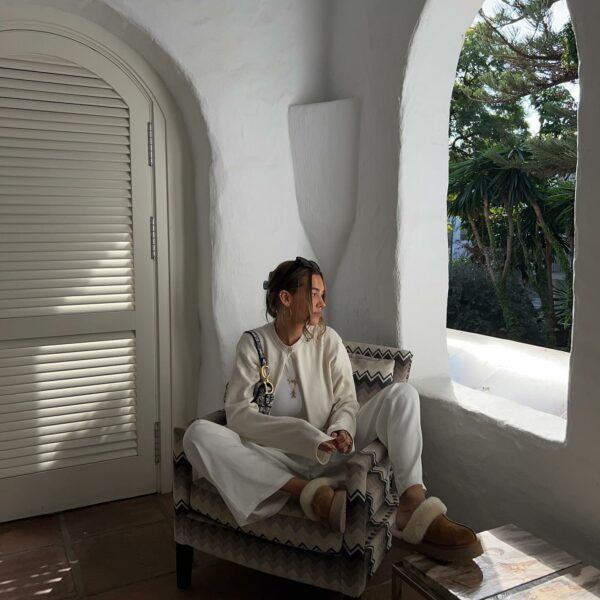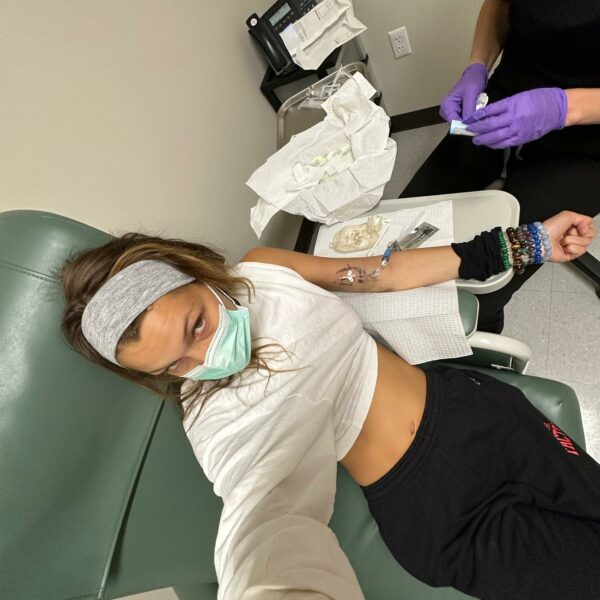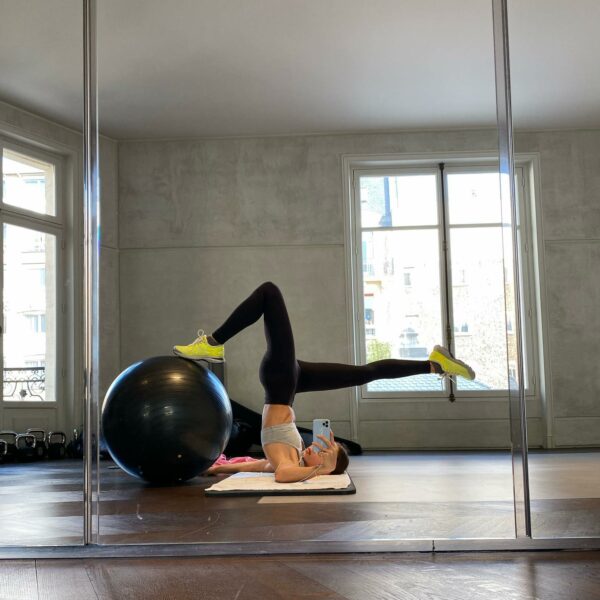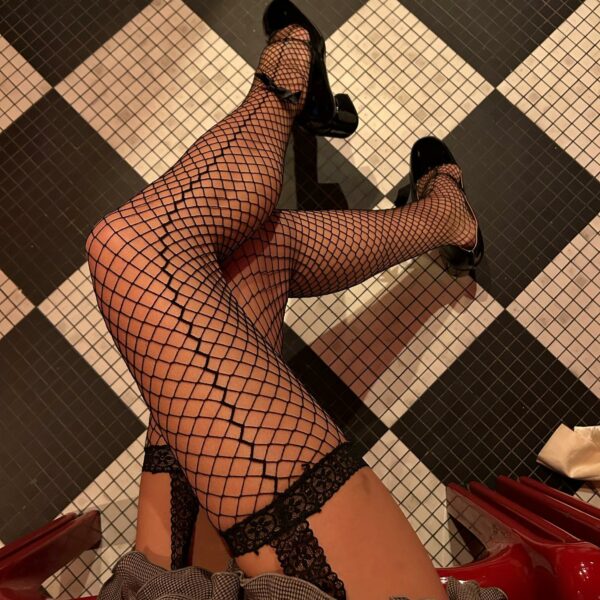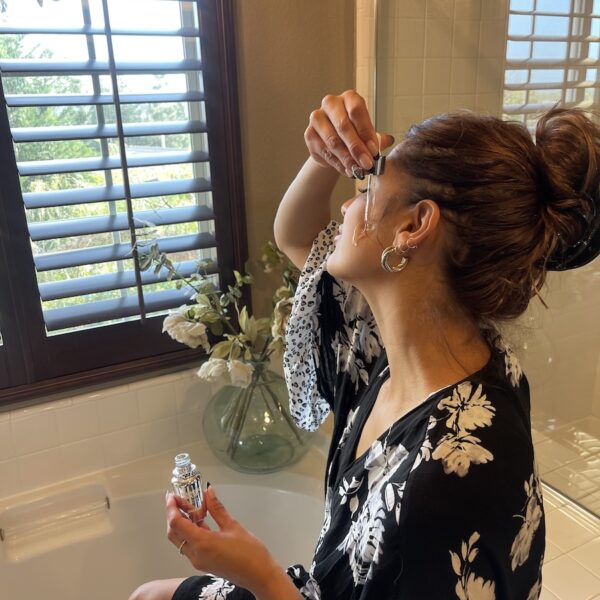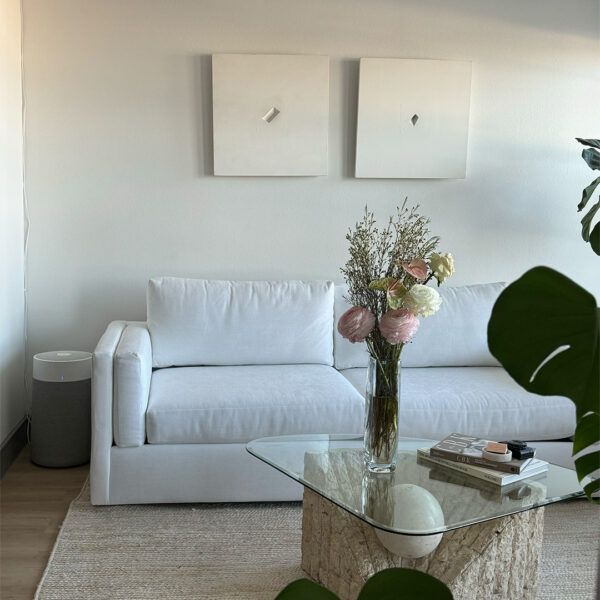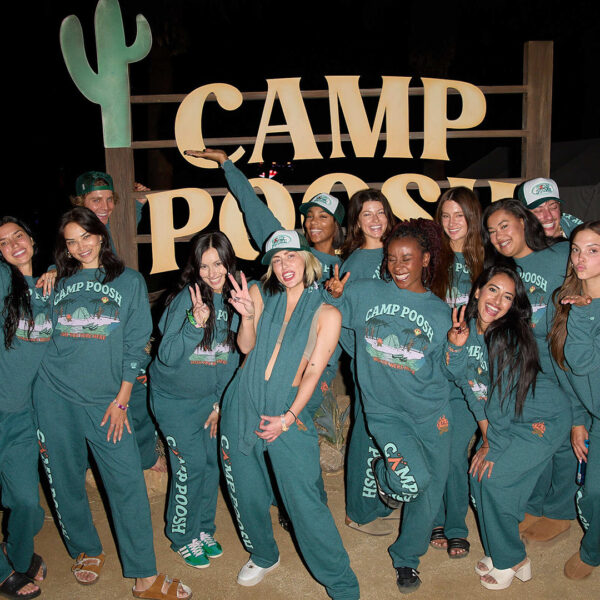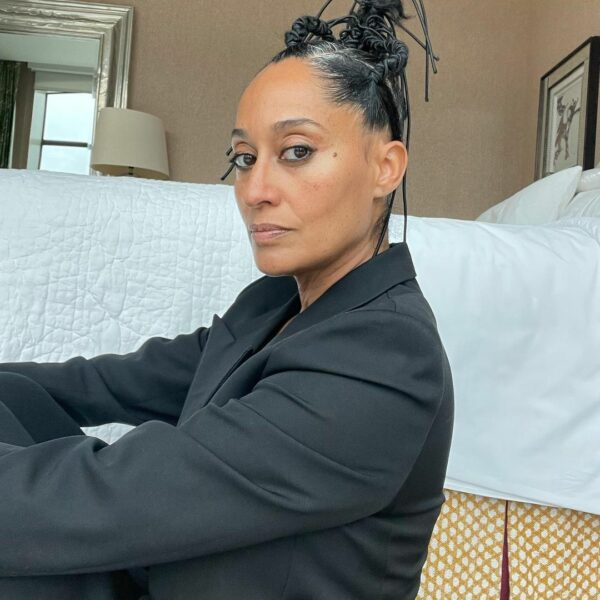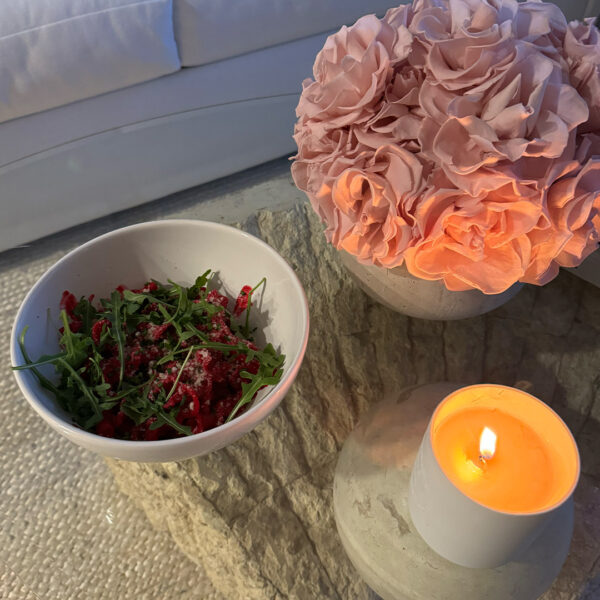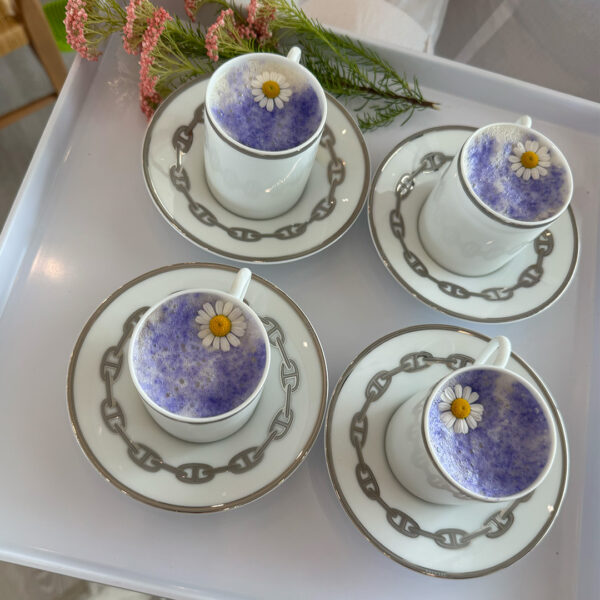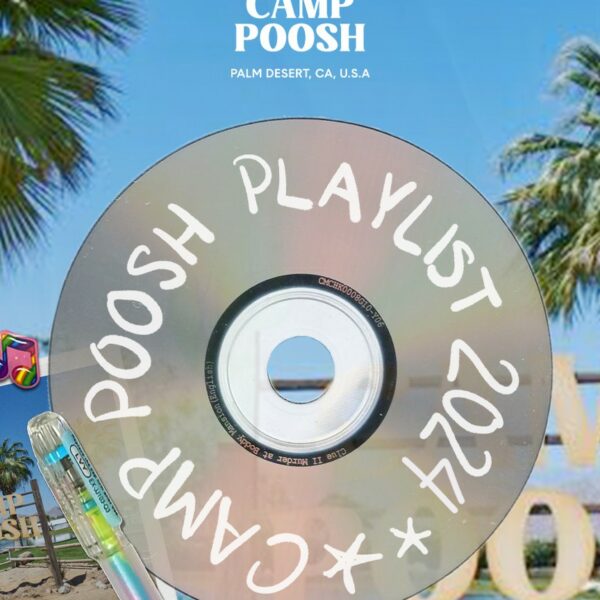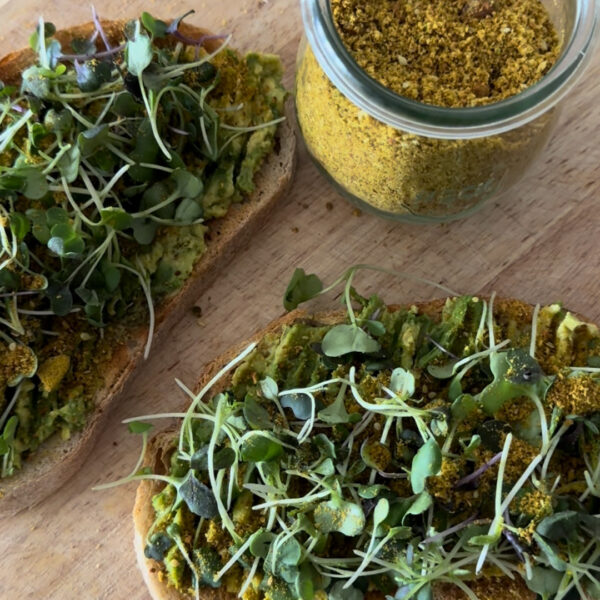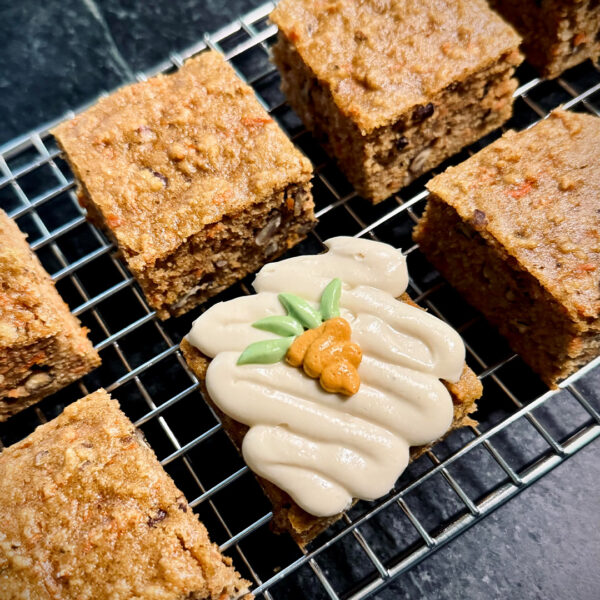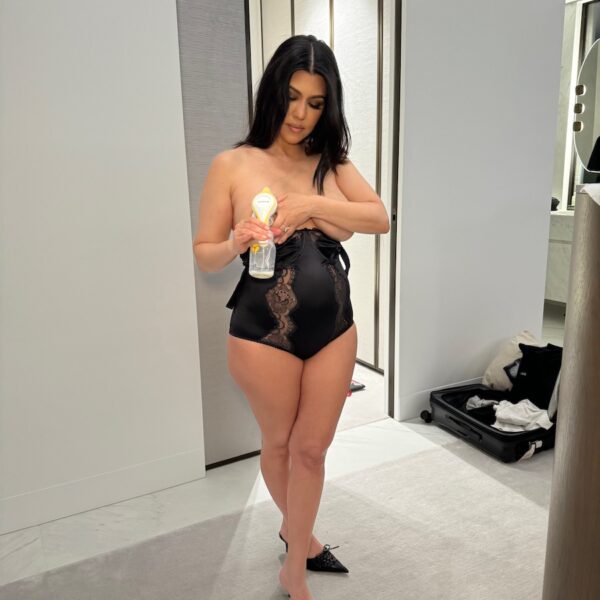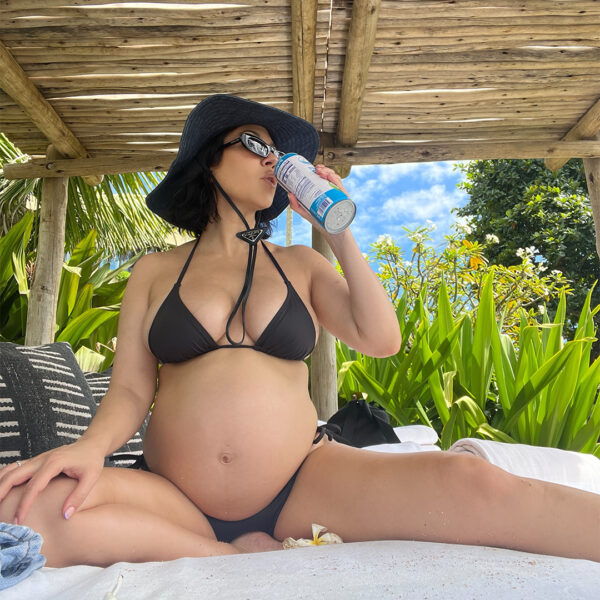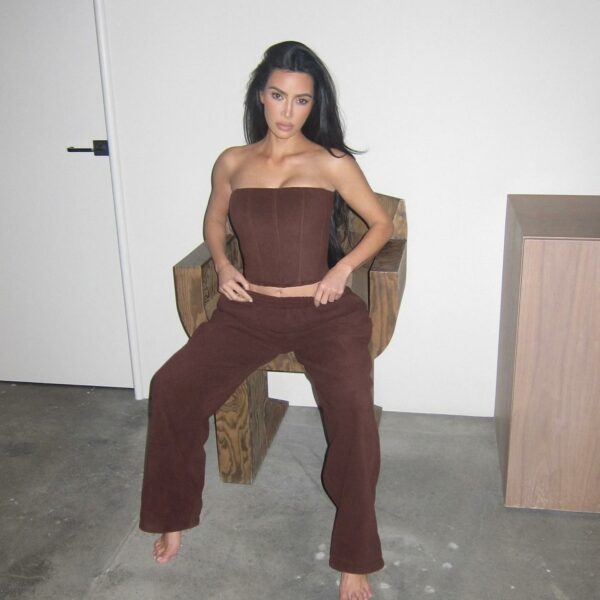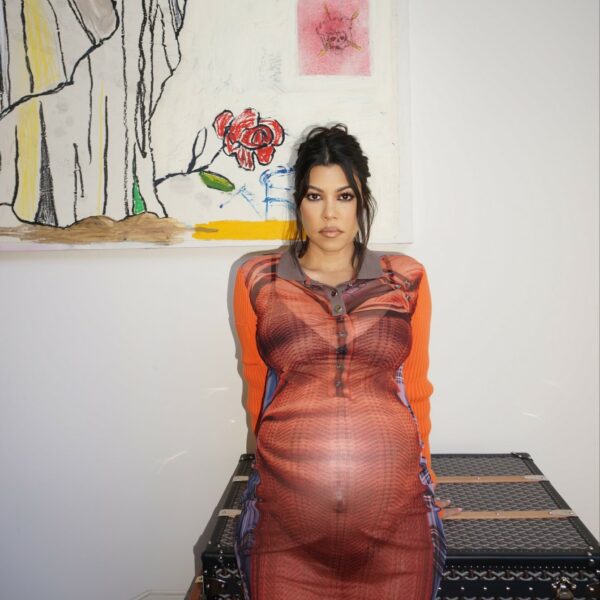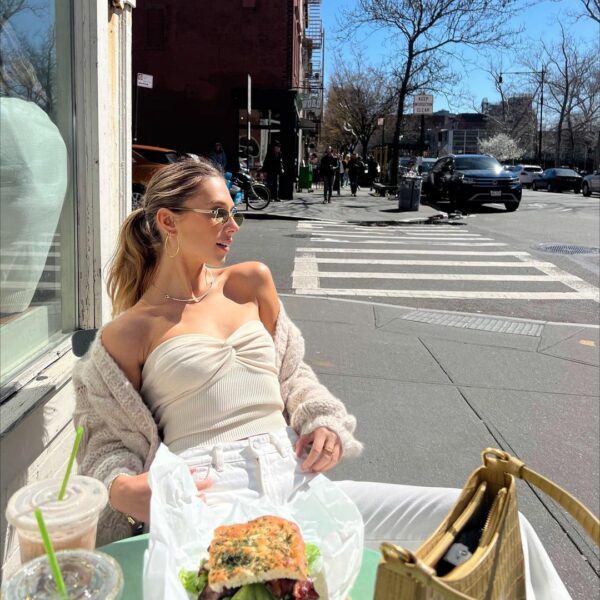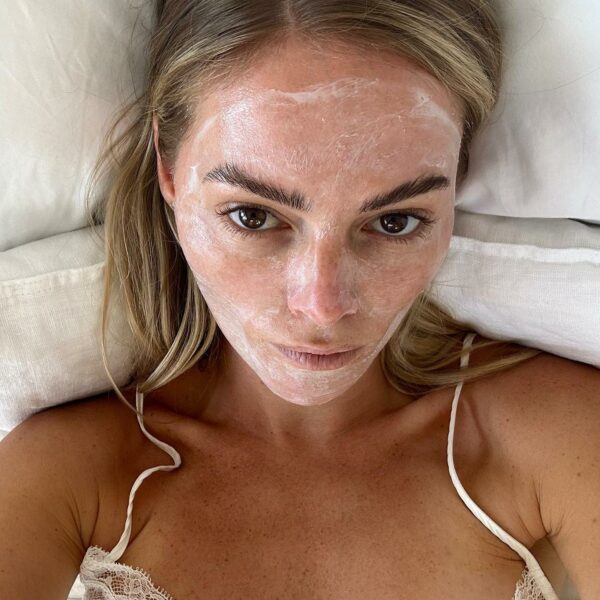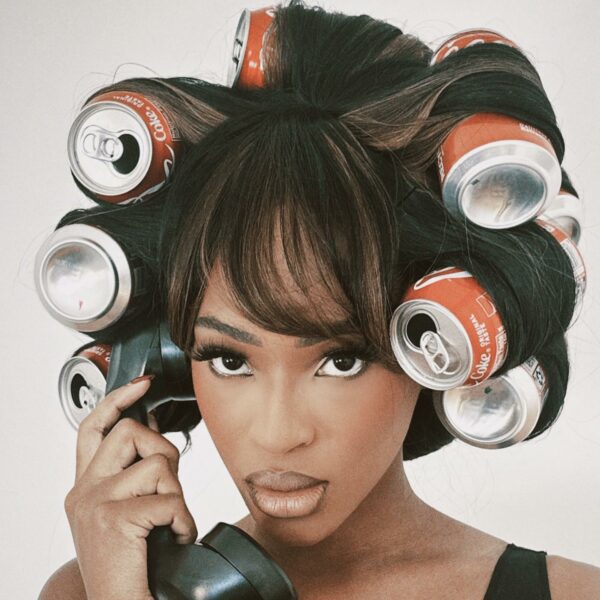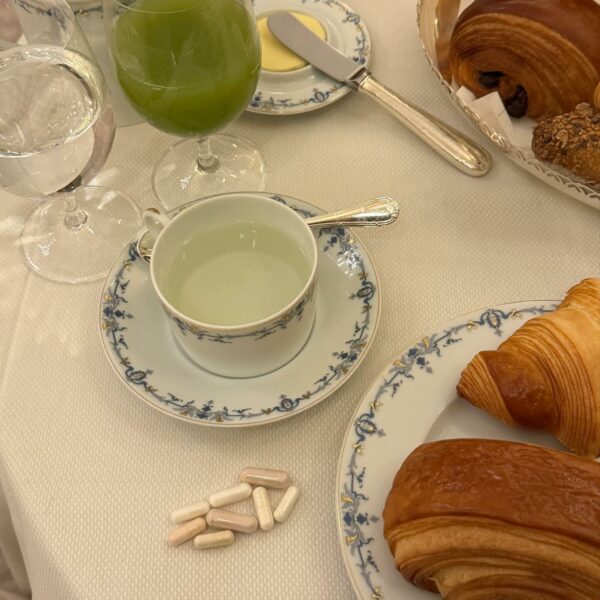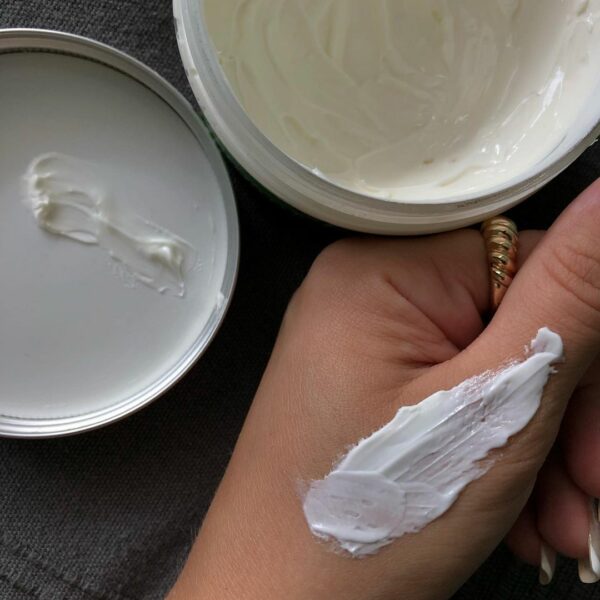As a beauty writer and blogger for the past decade-plus, I’ve experienced my fair share of facials. From oxygen to microderm, painful pore cleansing to soothing and relaxing, I love trying new techniques on my skin (much to the dismay of my complexion). Today I’m sharing one of the most interesting — and results-oriented – facials I’ve had the pleasure of doing thus far: the vampire facial.
Before I went in for the PRP facial with Dr. Diamond, my main skin concerns were acne, pigmentation (I suffer from melasma, which is the devil), and overall texture and tone. I had a serious case of milia on my forehead, blackheads on my nose and under my eyes, and a few hormonal zits on my cheeks. The scarring from pimples past were a real bummer, as was the overall lack of glow. Can the PRP facial tackle all of these issues? We shall see.
The PRP (Platelet-Rich Plasma) facial, also commonly referred to as the blood facial or the vampire facial, is the thing that complexion dreams are made of. I recently tried the Diamond Combo PRP; microneedling treatment with world-renowned plastic surgeon Dr. Jason Diamond, who has worked his magic on the faces of celebrities Kate Upton and Kim and Kourt.
The first step is sitting with numbing cream on your face for about 30 minutes. Once the numbing actually takes effect, it’s kind of like your face is on a painkiller, all tingly, with that feeling of “everything’s gonna be all right.”
Next, a nurse draws your blood. This is like every other blood withdrawal, so if you’re scared of needles (or blood), this part is going to bum you out. It’s only two vials, though, so you can do it. Then, the nurse takes the blood and puts it into a centrifuge to separate the red blood cells from the plasma. The plasma is extracted and applied topically to the skin. It can also be injected, where it works more powerfully to heal, repair, and restore the skin.
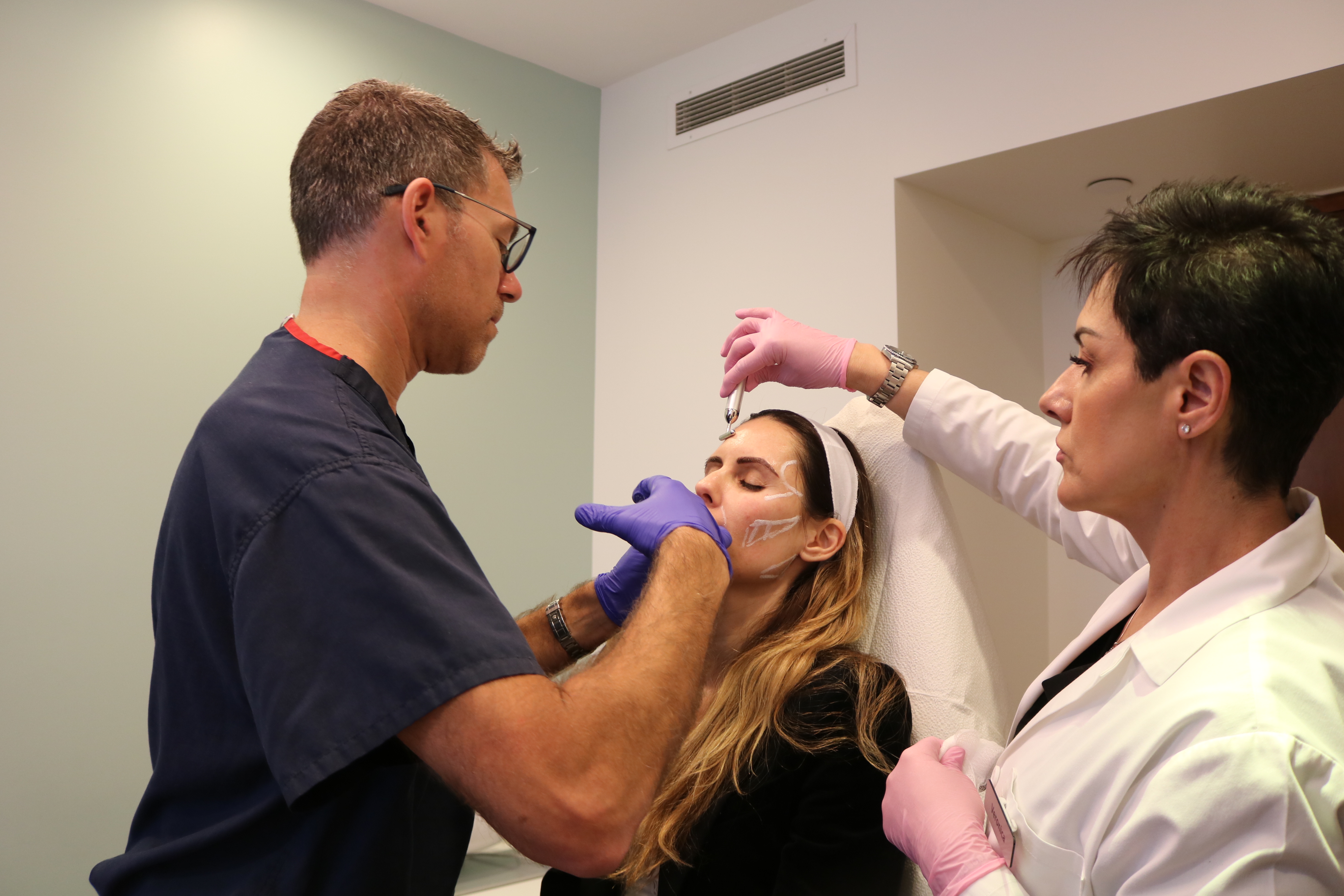
The key to the PRP facial is the microneedling roller, which is basically a roller with thousands of tiny needles on it. The needles create tiny punctures in the skin that the human eye can’t even detect. These micro-holes allow the platelets to absorb deep into the skin, while also causing trauma to the skin which, in turn, creates more collagen (the Holy Grail of anti-aging). I’m not going to lie: Even with the numbing cream, the microneedling roller felt like tiny, aggressive cat scratches all over my face. It goes rather quickly so it is manageable, but it’s definitely not one of those blissful facials.
The real pain, though, comes courtesy of the plasma now transferred into syringes being injected into the skin. I did my under-eye area, as this is the only part of my face that Dr. Diamond chose to inject because my main concerns were skin tone and acne, which is best treated with the combo of microderm/ topical application of plasma. But, the plasma can be injected into every area of your face. I repeat: everywhere.
How can I explain the feeling of having a needle puncture that delicate eye area? Put it this way, I was crying without actually crying. Injecting plasma into the under-eye area helps with dark circles, fine lines, and bags. Uh, yes, please. And more of that, thanks.
As the adage goes: “There’s no pleasure without pain.” It was quick, thankfully. The things we do for beauty.
Post-microneedling, the syringes of plasma that are not injected into your skin are then dispersed topically onto the face and lightly massaged in, so that the plasma travels into those tiny punctured holes and to the deepest layers of the skin. My blood (a.k.a. the plasma) felt cool and soothing, very liquidy, and looked like a slightly yellow serum; more like snail serum than red blood.
Why is it colorless, you ask? Haven’t you been keeping up? I kid. It’s not red because the red blood cells have been extracted. This is just the slimy, good-for-you plasma that’s left. If this sounds like a science course and you really aren’t keen on science (raises hand) don’t worry, I’m now going to explain how it actually felt and looked, from a results perspective. After all, to know you have a healthy complexion is to see it go from unhealthy to healthy.
My face was the reddest it’s ever been after the procedure. It looked like the worst sunburn in history (and my skin doesn’t burn). It felt hot, as if heat was radiating from my face (also like a really bad sunburn, or a fever). Besides that, there weren’t really any changes. I was told to abstain from makeup for 24 hours, as the puncture wounds from the microneedling were still open and you don’t want makeup seeping in and causing havoc. You can certainly see people but I was pretty red and opted out of making an appearance anywhere. Instead, I Netflixed and chilled. I washed my face with a gentle, fragrance-free cleanser, and moisturized with a light, fragrance-free moisturizer that was a welcome reprieve for my tender, somewhat raw complexion.
I would be lying if I said that I woke up with a flawless complexion. It’s true that the PRP facial doesn’t have extended downtime like lasers (the redness lasts 24-48 hours and I was definitely on the longer end of that spectrum), but you’re going to look worse before you look better. Cue: tomato face. I was super red, but what I did notice under that red, hot complexion was that my milia had all but vanished. So, too, did the blackheads. My pores were practically unnoticeable. I could’ve worn makeup at this point, but I opted out of that and decided to give my face one more day of rest. It now looked more like a medium sunburn, not the craziest sunburn in history.
That evening, I even went to a friend’s house for dinner. She said I looked young. That was enough for me.
My face was still red, but significantly reduced. What was more apparent now, however, was a gorgeous overall glow. I could still see pigmentation issues, but I knew my face was healing. Again, no milia or blackheads, and the few pimples that I did have were healing. But the thing that really struck me was how tight my skin looked. It was like 20-something tightness. It was almost as if I had just gotten a mini facelift. Mind. Blown.
As the day wore on, the redness faded to a light blush tone, so it looked like I was flushed, which actually helped with that “inner glow.” I applied moisturizer a few times throughout the day to help with the dryness and, of course, I loaded up on SPF. Then, I went on with my day, only remembering that I had the PRP when I passed by a mirror and noticed how tight my face appeared.
Full disclosure: I don’t have serious wrinkles yet (thanks to my Moroccan dad, I guess), but PRP does help to eliminate fine lines and lessen the intensity of wrinkles. The only area that really bothers me is directly next to my eyes, when I smile (which I try and do as seldomly as possible because, hey, I don’t want the super fine lines to turn into wrinkles, you feel me?). I did notice a change there. Or, should I say, I no longer noticed any significant fine lines around the eye area.

By day three, the redness had entirely subsided and I was able to use makeup. A few whiteheads had popped up and some of the milia was back, but the acne was substantially less. The true bonus to the PRP is that results get better over time. Collagen, for example, is produced from the PRP facial, but it takes weeks to notice a difference.
As Dr. Diamond says, “PRP will produce collagen indefinitely, which is why we recommend a series of treatments for optimal results, to keep the skin youthful and aging at bay. Patients see results within a week of the treatment, but the longevity ranges dependent on the patient’s physiology.”
Worth every single penny. I’m looking forward to putting myself through this mini-torture process again very soon.



